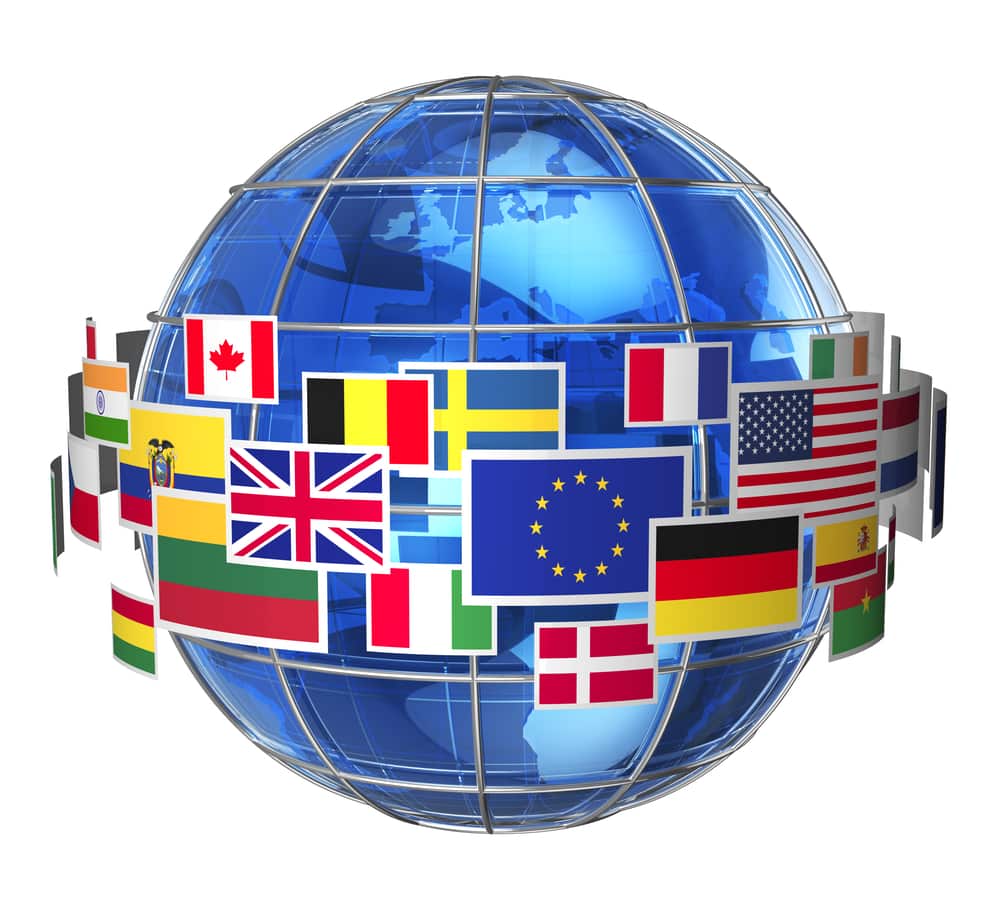What is G10
The Group of Ten (G10) is an alliance of 11 top industrial countries that agreed to the General Arrangements to Borrow (GAB). Its member states are:
- the United States
- the United Kingdom
- Switzerland
- Sweden
- Canada
- France
- Belgium
- the Netherlands
- Japan
- Italy
- Germany
G10 History
As aforementioned, G10 consists of countries that approved GAB. In 1962, G10 countries – excluding Switzerland – consented to avail their resources to the International Monetary Fund (IMF). This pact is what brought forth the GAB. According to the agreement, the available funds would be accessible by all IMF member states. Under certain circumstances, IMF non-participants would also benefit from the resources.
In 1964, Switzerland consented to GAB and became part of the G10. The country’s late entry into the group explains why it is referred to as the Group of Ten, yet it has 11 member countries. At the time of signing the agreement, Switzerland was not an IMF participant. However, it later joined the organization in 1992.
Functions of the G10
G10 is tasked with providing funds to help nations in economic crises through the IMF. Under the GAB, the IMF has access to SDR 17 billion in credit. An extra SDR 1.5 billion is available via a related agreement with Saudi Arabia.
G10 member countries also have the role of discussing monetary and fiscal policies that may affect them and/or the global economy. With reference to this broad mandate, one of the group’s historical roles is the creation of the Smithsonian Agreement in 1971.
Prior to the forum, there existed the Bretton Woods Agreement. This agreement resulted in a fixed exchange rate setup founded on gold. The inefficiency of this system warranted its amendment. Subsequently, the Group of Ten agreed on a floating exchange rate setup that has currencies pegged on the US dollar.
Central bank governors and ministers of finance in the member states usually attend World Bank and the IMF meetings. The governors also attend meetings related to the Bank for International Settlements (BIS). BIS is an organization established by 60 central banks that make up about 95% of the global GDP.
G10 currencies
By now, it is clear to us that G10 comprises 11 countries. With this in mind, it is easy for one to quickly jump to the conclusion that G10 currencies are the legal tender in the member states. In reality, that is not entirely true.
The Netherlands, France, Italy, Germany, and Belgium are part of the G10. It is also important to note that they are also members of the European Union. As such, they all use the Euro as their currency. From that perspective, the G10 currencies related to the G10 countries are:
- US dollar (USD)
- Pound sterling (GBP)
- Swiss franc (CHF)
- Swedish krona (SEK)
- Euro (EUR)
- Japanese yen (JPY)
- Canadian dollar (CAD)
To complete the list of the G10 currencies, the New Zealand dollar (NZD), Norwegian krone (NOK), and Australian dollar (AUD) are included. You will notice that the latter three currencies are linked to nations that are not part of the G10 countries. The entire G10 currency pack is the most traded and liquid across the globe.



